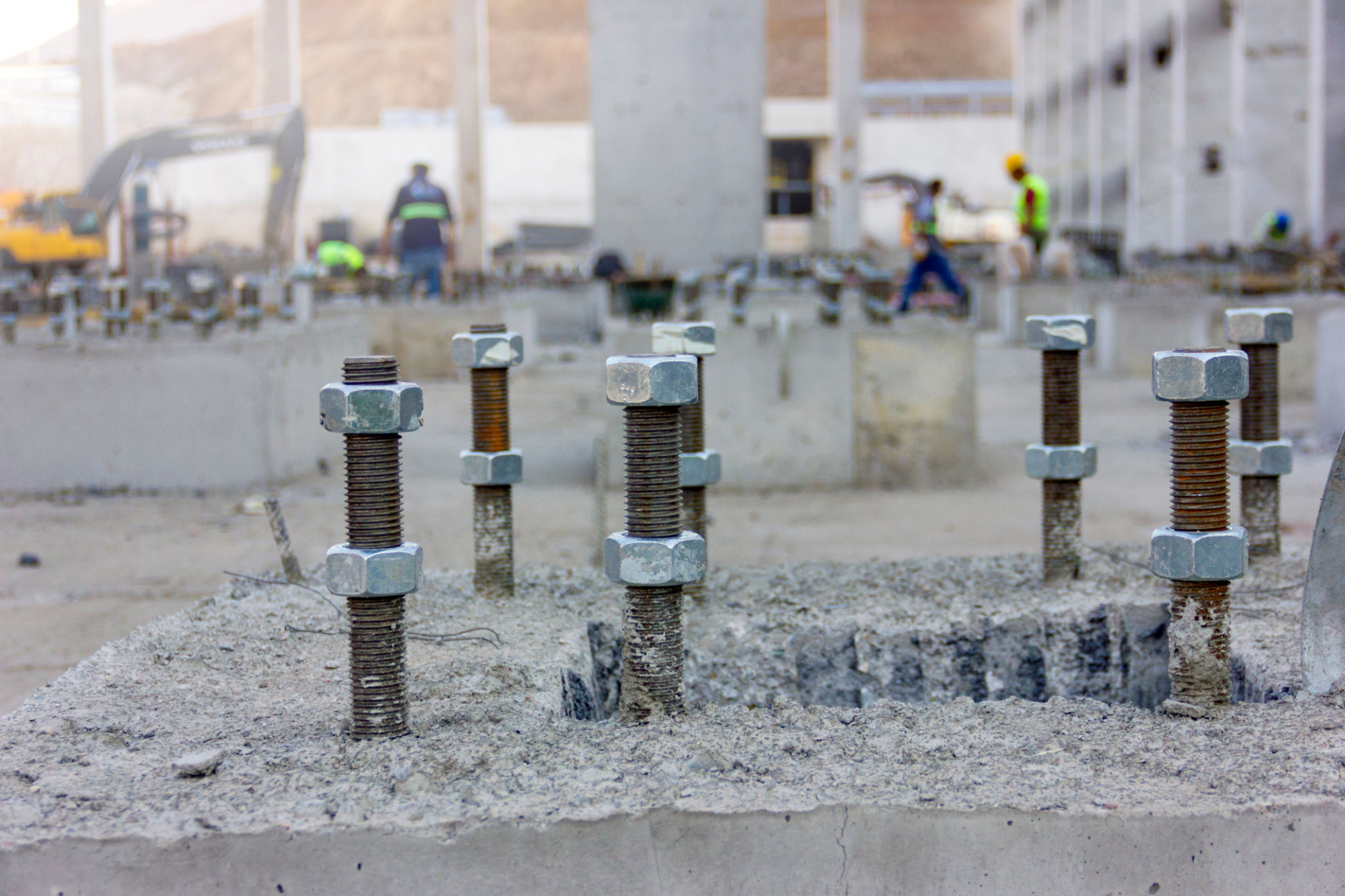Cold Formed Buildings vs. Bolt Up Buildings: Which is Right for Your Project?
Understanding Cold Formed Buildings
Cold formed buildings, often referred to as light gauge steel buildings, are structures made from thin sheets of steel that are shaped at room temperature. This method of construction has gained popularity due to its efficiency and cost-effectiveness. The process involves bending and forming the steel into the desired shape without the need for heating, making it a versatile option for various types of structures.
One of the primary advantages of cold formed buildings is their lightweight nature. This makes them easier and quicker to install compared to traditional construction methods. Additionally, because they require less material, they tend to be more environmentally friendly. Cold formed buildings also offer flexibility in design, allowing for customization to meet specific project needs.

Exploring Bolt Up Buildings
Bolt up buildings, on the other hand, are pre-engineered metal structures that are fabricated off-site and assembled on location using bolts. This method is known for its strength and durability, making it a popular choice for industrial and commercial projects. The components of bolt up buildings are typically manufactured in a controlled environment, ensuring high quality and precision.
The primary benefit of bolt up buildings is their robustness and ability to withstand harsh weather conditions. The bolted connections provide a secure and stable structure that can support heavy loads. Additionally, bolt up buildings are often preferred for larger projects due to their scalability and ease of expansion.

Comparing Construction Time and Costs
When it comes to construction time, cold formed buildings generally have the upper hand due to their lightweight nature and ease of installation. Projects can be completed faster, which often translates to cost savings. However, the initial material costs for cold formed buildings might be higher compared to traditional methods.
Bolt up buildings, while potentially requiring a longer assembly time due to their heavier components, offer competitive pricing in terms of material costs. The pre-engineering process ensures that there is minimal waste, which can also contribute to overall cost efficiency.

Evaluating Durability and Maintenance
Durability is a significant factor in choosing between cold formed and bolt up buildings. Bolt up buildings are renowned for their strength and long lifespan, making them an excellent choice for projects that require a permanent solution. The bolted connections provide robust stability and resistance to environmental stressors.
Cold formed buildings, while lighter, also offer a decent level of durability but may require more frequent maintenance depending on environmental conditions. It's crucial to consider the intended use and location of the building when deciding which option is better suited for your project.
Flexibility in Design and Customization
Both cold formed and bolt up buildings offer a degree of customization, but they cater to different needs. Cold formed structures are highly adaptable and can be easily modified or expanded as requirements change. Their lightweight nature allows for innovative architectural designs that might not be feasible with heavier materials.
Bolt up buildings, while offering some flexibility, are often chosen for their structural integrity rather than design versatility. They are ideal for projects where functionality and security take precedence over aesthetic considerations.

Which is Right for Your Project?
The decision between cold formed and bolt up buildings ultimately depends on the specific requirements of your project. If speed and flexibility are your primary concerns, a cold formed building might be the best choice. However, if you need a structure that offers superior strength and durability, especially for larger projects or those exposed to harsh conditions, a bolt up building could be more appropriate.
Consider factors such as budget, timeline, environmental conditions, and intended use before making a decision. Consulting with an experienced contractor or engineer can also provide valuable insights tailored to your project's unique needs.
